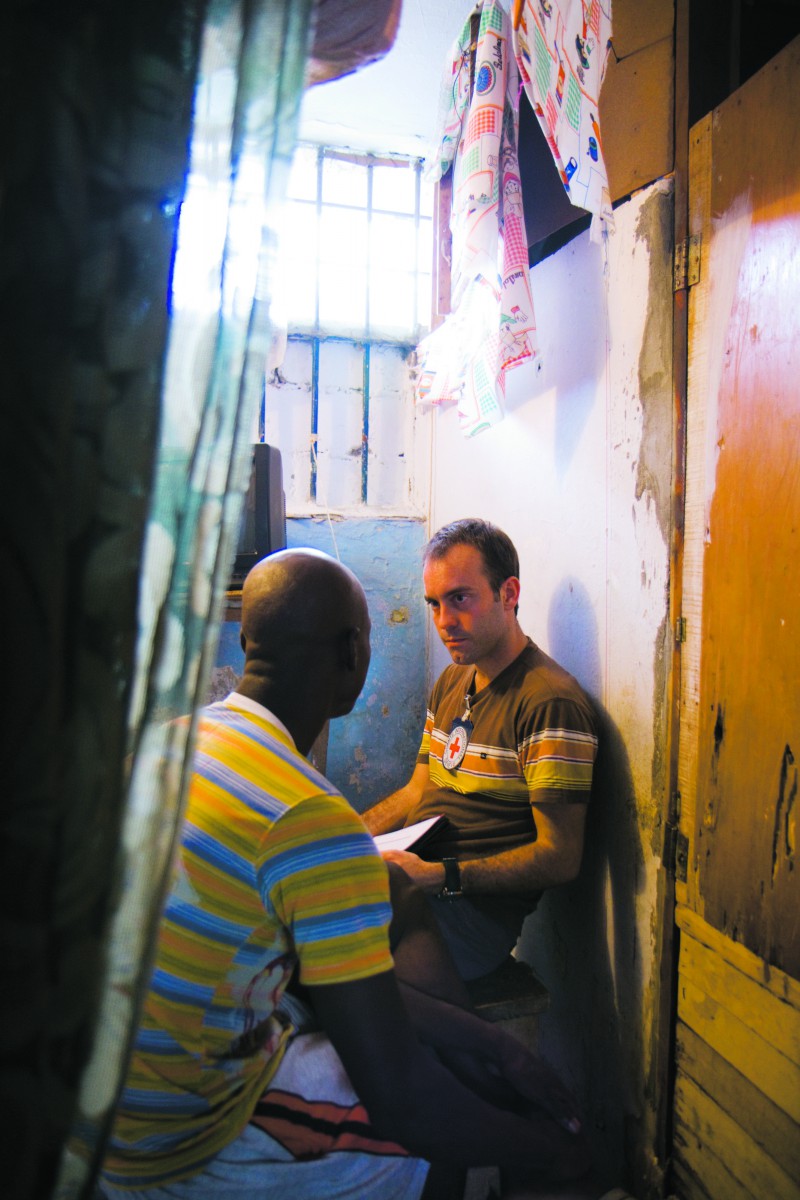 THE LIVES OF OTHERS, set in 1960s Calcutta and the surrounding rural areas, is Neel Mukherjee’s second novel. The story revolves around the life of the Ghosh family, who rose to prominence earlier in the twentieth century when the self-made patriarch, Pratfullanath, set up a one-time successful paper-making business. The family have since fallen upon harder times and they are struggling in a deeply-prejudiced, post-colonial Indian society responsible for perpetuating hunger and misery in the lives of the most needy.
THE LIVES OF OTHERS, set in 1960s Calcutta and the surrounding rural areas, is Neel Mukherjee’s second novel. The story revolves around the life of the Ghosh family, who rose to prominence earlier in the twentieth century when the self-made patriarch, Pratfullanath, set up a one-time successful paper-making business. The family have since fallen upon harder times and they are struggling in a deeply-prejudiced, post-colonial Indian society responsible for perpetuating hunger and misery in the lives of the most needy.
The title of the story alludes to the themes of surveillance, watchfulness, whispers and gossip in the novel. The family’s four-storey building houses three generations that trickle hierarchically downwards through the floors. Cries, screams, bickering and chatter permeate through the floorboards and walls with disorienting celerity. It’s no wonder the author provides a family tree in the opening pages; there are 17 Ghosh family members and the domestic narrative is democratically apportioned amongst them, with Mukherjee giving as much voice to nine-year old Arunima and her jealous longings for a classmate’s shiny, new pencil-box as to the inner-workings of the mind of the senile and tragic patriarch, Prafullanath, or any other member of his dysfunctional family.
Surpatik is the eldest grandson and veritable black sheep. Having run away from the bourgeois comforts of his upbringing, he does not take part in the family’s narrative of petty domesticity. He is the idealistic, activist narrator of the second thread and it is through him that the (British born) Indian author manipulates the political angle of the story: social injustice in post-colonial India. At once rejecting his past, Surpatik at the same time seeks to find, ‘that little revelation, granted to an outsider, of the hidden inner cogs and wheels of the lives of others.’ Only through compassion and empathy can Indian society fix the inequalities that afflict it.
Indeed, compassion and empathy, feelings seldom felt in the Ghosh family home, are what the reader, too, must extend towards the story in order to come to terms with Mukherjee’s intricately patterned and complex narrative.
By Dan Haddow


